by Carolyn Edlund
How can artists and makers protect their studios and businesses from disasters, emergencies and risk?
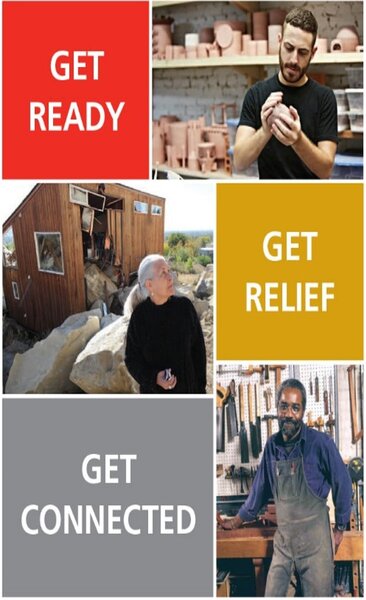
As small business people, creatives face different forms of risk every day. Misperceptions are common in the art community about studio and personal safety, insurance and emergency preparedness. To take the mystery out of these topics, I interviewed Carrie Cleveland, the Director of Education and Outreach for CERF+, a nonprofit organization known as The Artist’s Safety Net.
AS: What does preparedness mean?
CC: Every day we do things to protect ourselves from emergencies or ensure that their impacts are minimal. We carry car insurance, we make sure that we have carbon monoxide detectors, we store cleaning products out of harm’s way. Preparedness as an artist is all about adopting that same mindset. It’s taking simple, regular steps to ensure that if an emergency happens, it impacts your practice as little as possible.
AS: How can an artist get started?
CC: The first step is to know your risks. What assets are critical to your artistic career? What can you least afford to lose? What’s most important to you in your artistic practice? What kinds of emergencies are you vulnerable to based on your geography, the materials you use, or the space where you make your work? How would those emergencies impact your assets and cause potential losses? These will be the risks that you want to address in advance to start building resilience in your career. And don’t get overwhelmed! Focus on the risks that would have the biggest impact and the steps you can take to mitigate them.
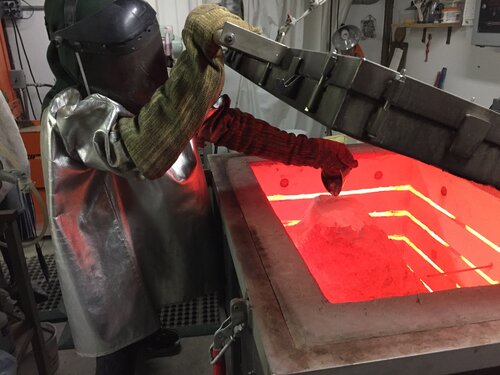
Studio processes often involve risk. Photo: Anna Boothe Studio
AS: What are some ways that artists can protect their studios and businesses?
It may not be glamorous, but documentation is your friend. Think about how you have been storing images of your work, records of your sales, documentation of your career, inventories and more. Are your files in a mixture of the cloud, hard copy, and old hard drives? Do you have vital images or documents that only live in one, fragile format? For example, do you have records that important to your practice that are only in hard copy? Now’s a great time to back up documents. There are really easy, approachable ways to start taking on that task. Take photos of hard copies and back them up to the cloud, uploading them to Google Drive, for example.
If there was an emergency in your studio, what would you lose access to? What provisions could you put in place now? Beyond preventing delays in getting back to making work after an emergency, having vital information at your fingertips can support you in establishing losses and values for insurance claims and disaster assistance.
Speaking of insurance, make sure you have coverage for your artistic practice. Think of business insurance as a tool you can use to transfer unacceptable risks to an insurance company. The cost of business insurance is not prohibitive; however, replacing your studio and not being able to work are. CERF+ has seen too many businesses unable to bounce back after an uninsured emergency. Remind yourself that having good coverage is one of the costs of doing business. It’s part of your responsibility to yourself, your business and others who depend on you. The rates for coverage will vary depending on where you live and which underwriter you work with. A basic business owner’s policy will often cost between $400 and $1,000 annually.
Also, don’t forget to take care of yourself. After all, you are your most important asset! Look at the way you physically create your work. Are you caring for your body in the process? Making changes now to how you hold your body and move can prevent repetitive strain and injury down the road. Think, too, about your studio. Are you safely handling any hazardous materials you use in your practice? Do you work in a shared space where other peoples’ practices could impact you?
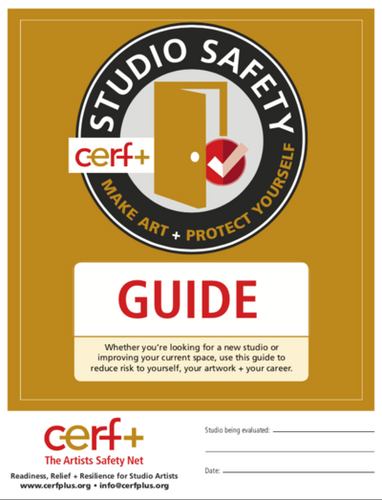
AS: Once an artist knows what they need to do, how can they get assistance?
CC: CERF+ has a number of resources that can help artists dive into these topics. If you need to start an inventory as part of building up your documentation practices, we have tools to help you get started. You can also visit our Insurance Hub to learn more about the types of coverage to consider for your practice. Our Studio Safety Guide, as well as the video series that we produced in collaboration with Wellness for Makers can both help you minimize risk in your daily practice in the studio.
Lastly, if you need funds to support any of your emergency preparedness activities, CERF+’s Get Ready Grant program provides grants of up to $500 to artists in craft disciplines to support just this kind of work. The application is open and the deadline to submit is February 22, 2022.
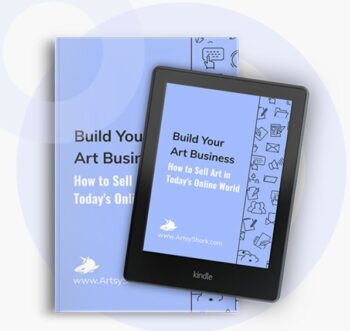

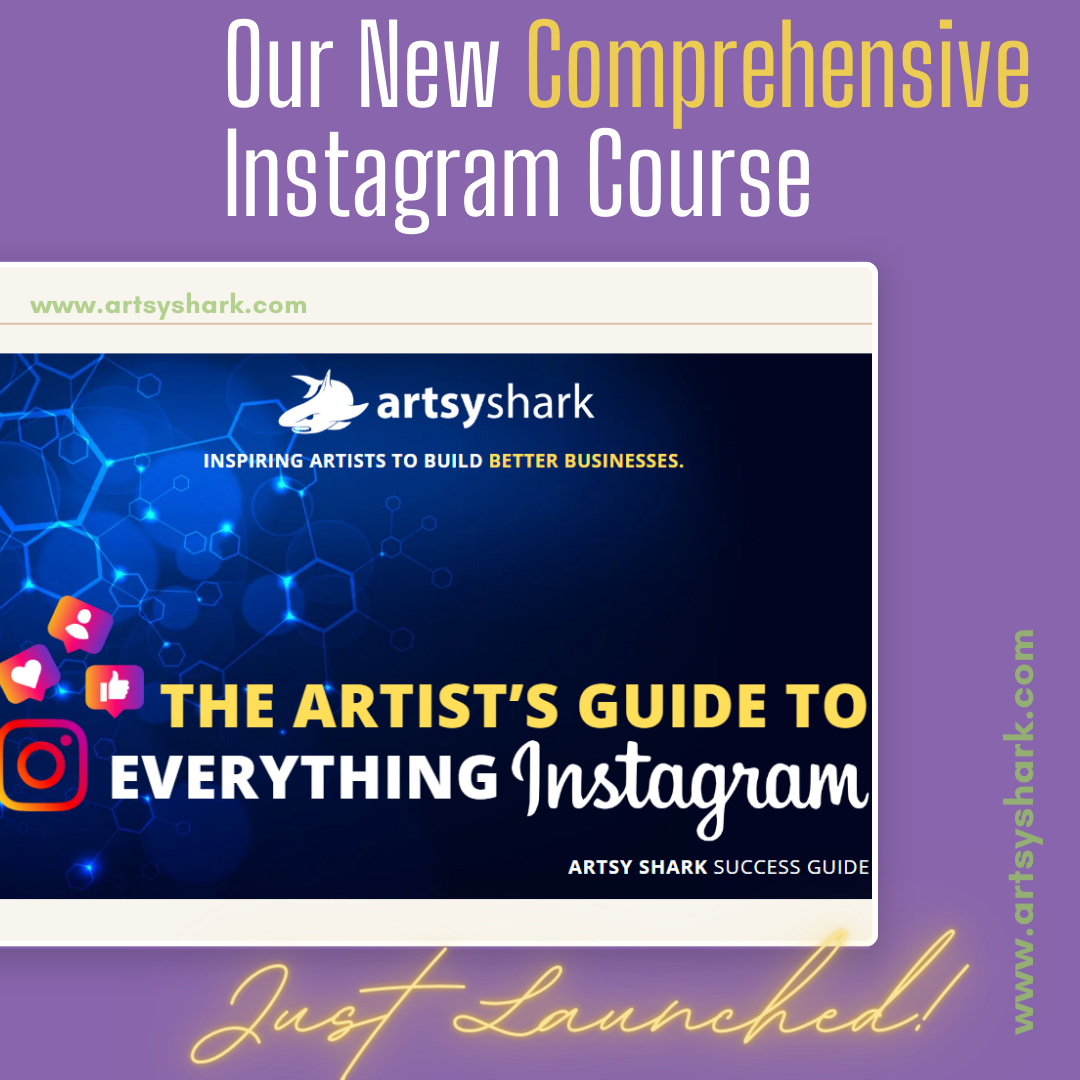
Speak Your Mind